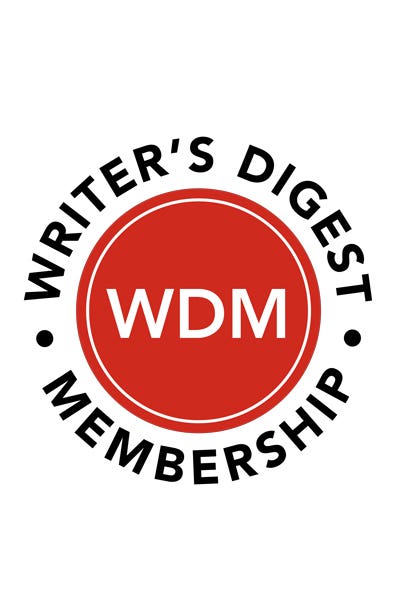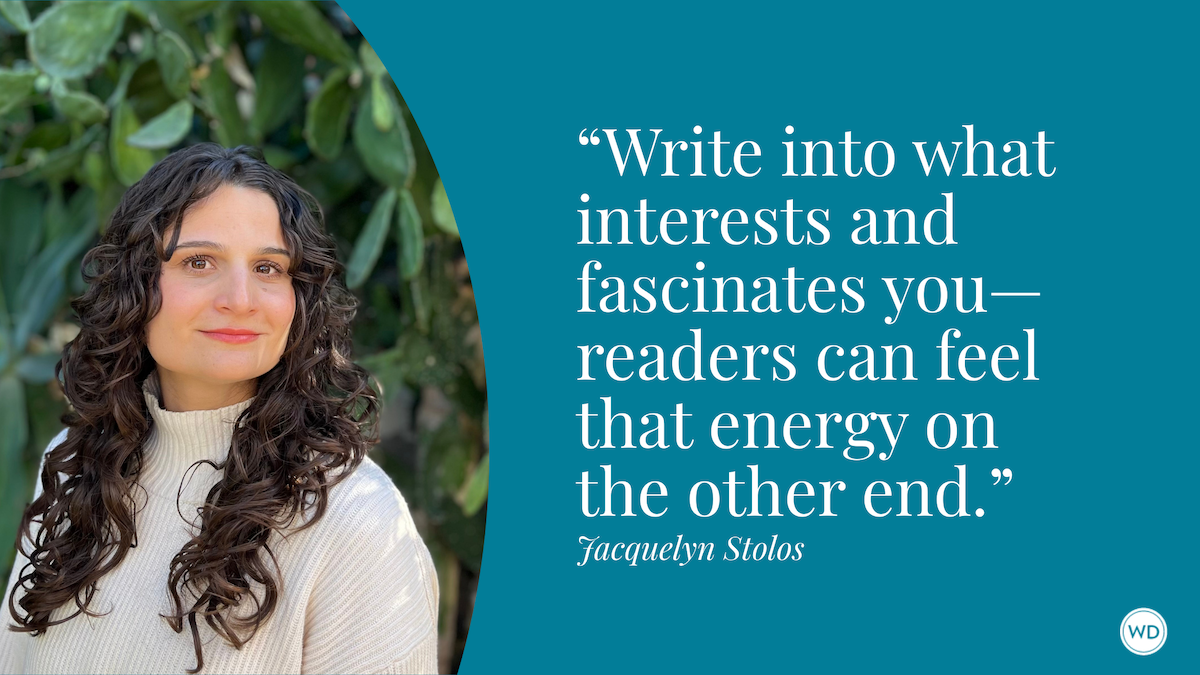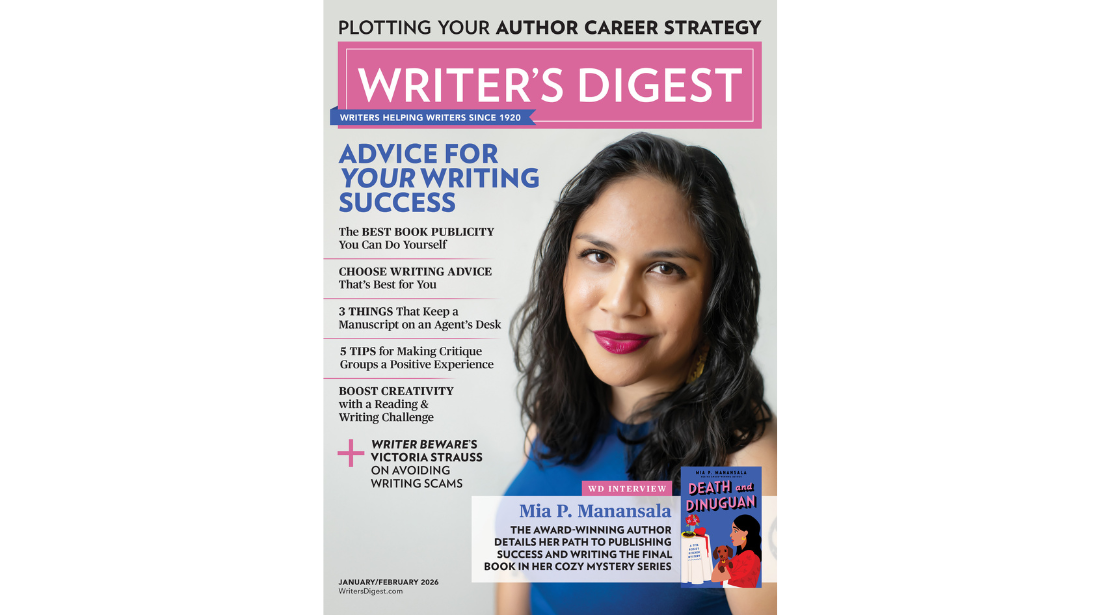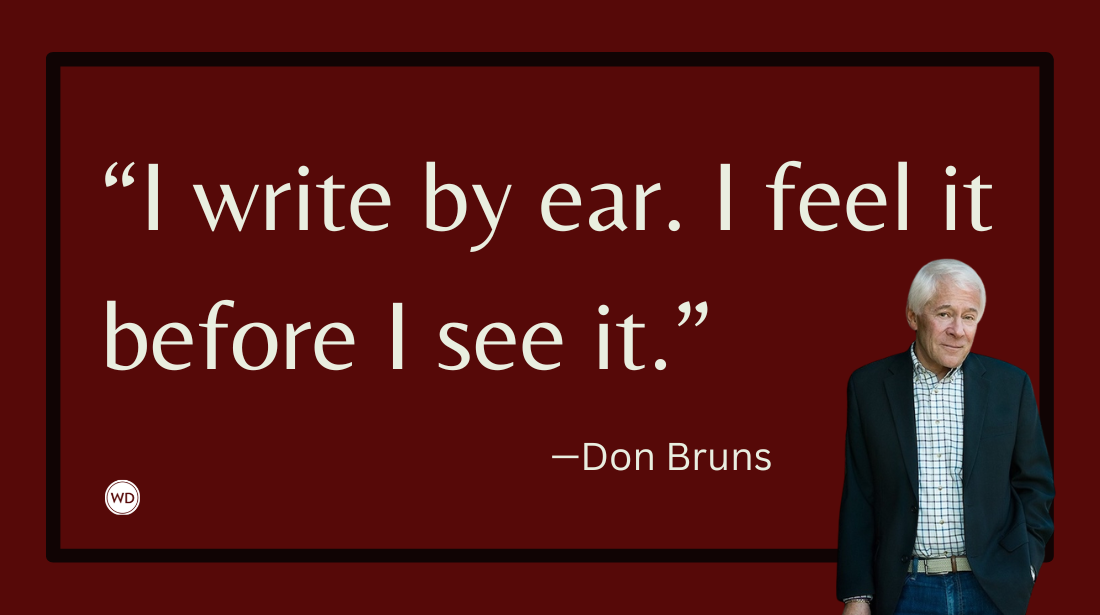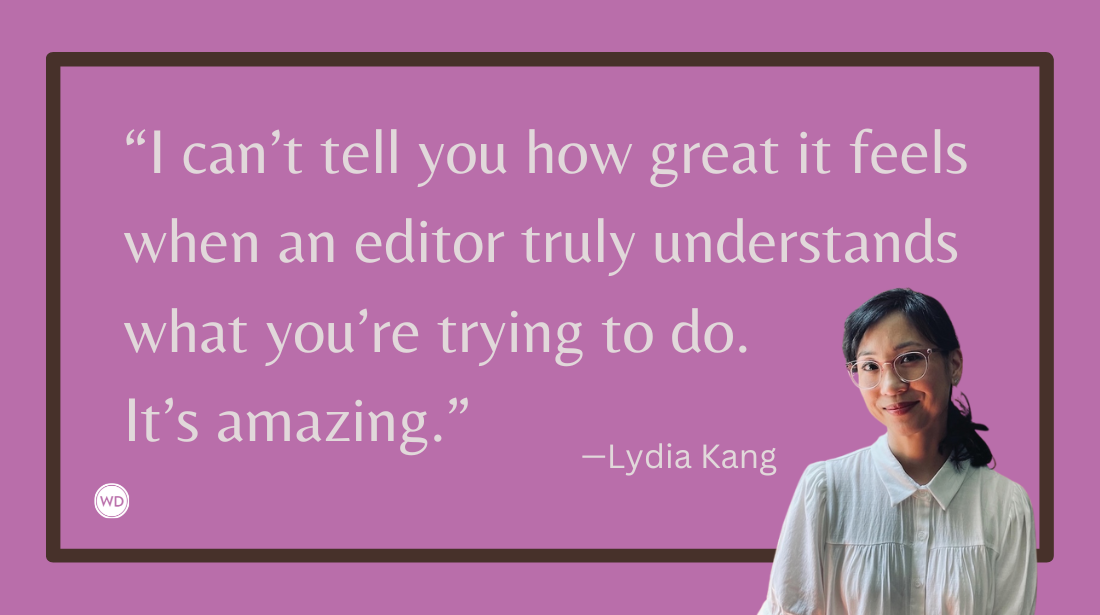Live-Writing My Thriller Novel
Bestselling author J.T. Ellison shares the process of live-writing her latest thriller novel and compiling writing advice at the same time.
I love to write about writing.
I started my professional career 20 years ago on a group blog called Murderati. Group blogs were all the rage—we were pre-social media at that moment—and I was lucky enough to fall in with a group of writers who were exploring all facets of crime fiction. I was the tech-savvy one of the bunch, so I learned how to code and design the website in addition to being the Friday blogger. It was incredible fun, but also a tremendous amount of work.
I grew up on Murderati. Late to the writing game (I started blogging in 2003 at age 34, three years before my first book was published), I knew very little about how the industry worked, and even less about what it took to have a career in writing. I learned the ropes experimenting with voice, analyzing writing trends, and otherwise baring my soul for the world every week. It taught me the discipline of meeting deadlines and how important it was to think about writing, even when I wasn’t creating. I ate up every ounce of advice and insight the other bloggers were sharing. I learned; we all did. Over the years, I published book after book, and yes, blog after blog.
33 books and 22 years later, I’ve learned a little bit about what it takes to have a career in publishing. I’d like to think I know how to write a compelling story. And I’ve never been able to break the habit of a weekly blog. Now it’s called Friday Reads, lives on Substack, and is an amalgamation of writing advice, book recommendations, and genial chit chat between me and my readers, many of whom, after all these years, are dear friends.
When Substack appeared on the scene, I jumped in with both feet. The current iteration of social media, with its brevity, incessant scrolling, and performative nature, can be challenging for me. Long-form writing has always been my forte. After all, I am a writer—not a producer, photographer, videographer, or actor—and Substack seemed like a great place to explore a deeper connection with my readers. I arrived a little earlier than most; I was writing on Medium and wasn’t happy with the changes that were in place, and I loved the simple, clean interface that Substack provided. I built the site with my most treasured essays, making it beautiful, functional, and easily readable, transferred my small but loyal weekly blog readership, and continued writing.
But Substack has a subscription model. And I’ve always wanted to write a book on writing. I’ve collected all the blogs I’ve ever written into a file that I’ve been trying to get off the ground for a long time, but it’s never worked. Publishing has changed so dramatically over the past 20-plus years that much of my older publishing and marketing advice is no longer relevant.
But the actual craft of book writing…well, that’s advice people always want to hear.
I was just starting to work on a new book—Last Seen. And it hit me—why not try live writing the process of writing the novel, from concept to publication day. Multiple birds with one stone. A - It would be great fun, B - It would give me a legitimate reason to put work behind a paywall, and C - I could focus on building my nonfiction book at the same time as writing the fictional one.
I started by examining the lifecycle of a book. I wrote down all the steps it takes from concept to publication and realized that for me, a story moves through 22 distinct phases. I decided to document them all, allowing readers deep insight into my process and encouraging writers to follow along as they built their current work in progress. Admittedly, deconstructing my process is something I’ve been doing since I started blogging, but nothing like this. This was my book journal come to life, as intimate, realistic, and honest as I could possibly be.
I even taught myself how to outline so I could explore and express that part of the process for those of us who aren’t inveterate pantsers. I hate to admit it, but I actually think it helped the book in the long run (though I did go rogue at one point because the whole thing fell apart on me).
I’m now nearly to publication day, the end of this series, with only a few posts left. It has burgeoned into almost 75,000 words of craft advice, story development, progress reports, behind-the-scenes looks at the day-to-day writing life—what’s worked, what hasn’t, where I pulled my hair out, where I wept for joy—and everything in between. It’s a living, breathing memoir; a craft book; a year-long journal, all rolled into one. And, of course, I realized there are more than 22 steps; I’d missed a few along the way, so I also included a number of essays labeled Interim Steps, which are designed to encourage and illuminate. In these, I discuss ego, the psychology of writing, what to do when you get blocked, and how to develop new stories. They round out the book’s lifecycle.
Writing is hard. There’s no question about that. And the more you do, the longer you’re in this game, the harder it gets. There’s no secret handshake, no magic. It’s just diligent, steady work, grinding out the words, day by day. I thought it would be fun for people to see what it actually takes to write a novel. Judging by the response I’ve had, I was right.
Check out J.T. Ellison's Last Seen here:
(WD uses affiliate links)



